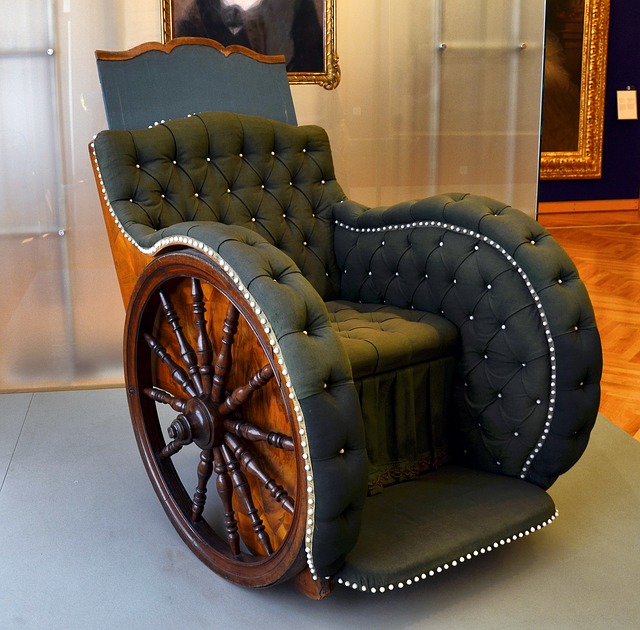In the blog series "Healthy Bytes," the Rathenau Institute examines how artificial intelligence (AI) is being used responsibly for our health. In this fifth part, Heleen Miedema, Katja Haijkens and Govert Verhoog talk about the implications of increasing use of technology in healthcare for the training of healthcare professionals.

As program directors of the studies in Technical Medicine, Biomedical Engineering and Health Sciences at the University of Twente, they attach importance to students developing a critical, reflective attitude toward AI and other technology in healthcare.
Developments in ICT have made it possible to collect a lot of data and build data sets from it. AI is the next step in ICT development. Automated decision systems can use AI to discover patterns in the big data to support decisions, for example, in healthcare. It is important to understand the context of the data and how the data was generated in order to better interpret the outcomes.
To use AI responsibly in healthcare, it is necessary to go back to basics: to the underlying data and how it is processed. Can you indeed extract the information needed from that data? How is this data stored, what are the criteria for doing so, and for what purpose? Another basic question is what decisions AI should support. You can have the right database, but what kind of decisions should computers make from it? What interest do automated decision systems serve and what kind of support is really needed?
It is important to realize that no one group in society is responsible for the development of AI. Different groups of people must be involved in technological developments from different disciplines. It is not only about what is technologically possible, but also about what society wants to achieve with that technology and how its application can improve health care.
It is the university's responsibility that students know where a technology comes from so that they can understand its social significance even for the next technological development. The university also has a responsibility that students understand the perspective of patients so they can best link healthcare technology and healthcare.
The goal is for engineering, biomedical engineering and health sciences students at the University of Twente to develop a broad perspective on technology. They learn to have an eye not only for the technology itself, for money or regulations, but also for the patient or client.
Recently, students from different countries were challenged on university grounds to design a wheelchair. One group of students developed a brilliant wheelchair that could do everything technologically possible, but was so leaden that no grandmother will use it. Other students designed a wheelchair from the perspective of a blind boy who struggled to find his way through the hallway system of a school with a class schedule that was constantly changing. This wheelchair had only one function: to help the boy move from one classroom to another based on the most current schedule.
The students who developed the second wheelchair understood what is at stake. They asked themselves what is the problem that can really be addressed through technology. Students need to be trained to come up with products like the second type of wheelchair.
How responsible a technology is depends on the designer and his perspective on the world. Students need to become aware of this. They develop a critical, reflective attitude toward AI and other technology in healthcare. Students ask themselves questions such as: what is the promise of the technology? What possible other (and unintended) uses does that technology have? What are its advantages, disadvantages and risks?
Those who rely blindly on technology can be led astray. A 3D ultrasound machine, for example, generates an image of reality based on sound waves. There is no certainty that the image indeed represents reality, or is only a marginal representation of it. Just because something does not show up on an ultrasound scan does not mean it is not actually there. Healthcare professionals should be aware of this.
Moreover, much of the technology now being used in healthcare was not originally designed for use in healthcare. Robotics in the automotive industry is different from robotics in healthcare. Every car of a certain type is identical to another car of that type, but every human being is unique. The average human exists only in statistics. This is another reason for (future) healthcare professionals to develop a critical attitude toward the technology they use.
A doctor is a medical expert, not a technology expert. He did not have mathematics, mechanical engineering, ICT or physics in his education. But in his work, technology has a great impact on his actions. It is a challenge, both for the training of healthcare professionals and for the development of healthcare technology, to take this into account.
It can be a trap to automatically assume that people understand something about technology. We expect a lot from everyone, while we fail to realize what is needed in terms of information, training and education to use AI responsibly in healthcare. Adequately trained professionals: that is the goal of the University of Twente with its programs in Health Sciences, Biomedical Engineering and Technical Medicine.
This article is also featured in Privacy in Healthcare and Youth & Education

